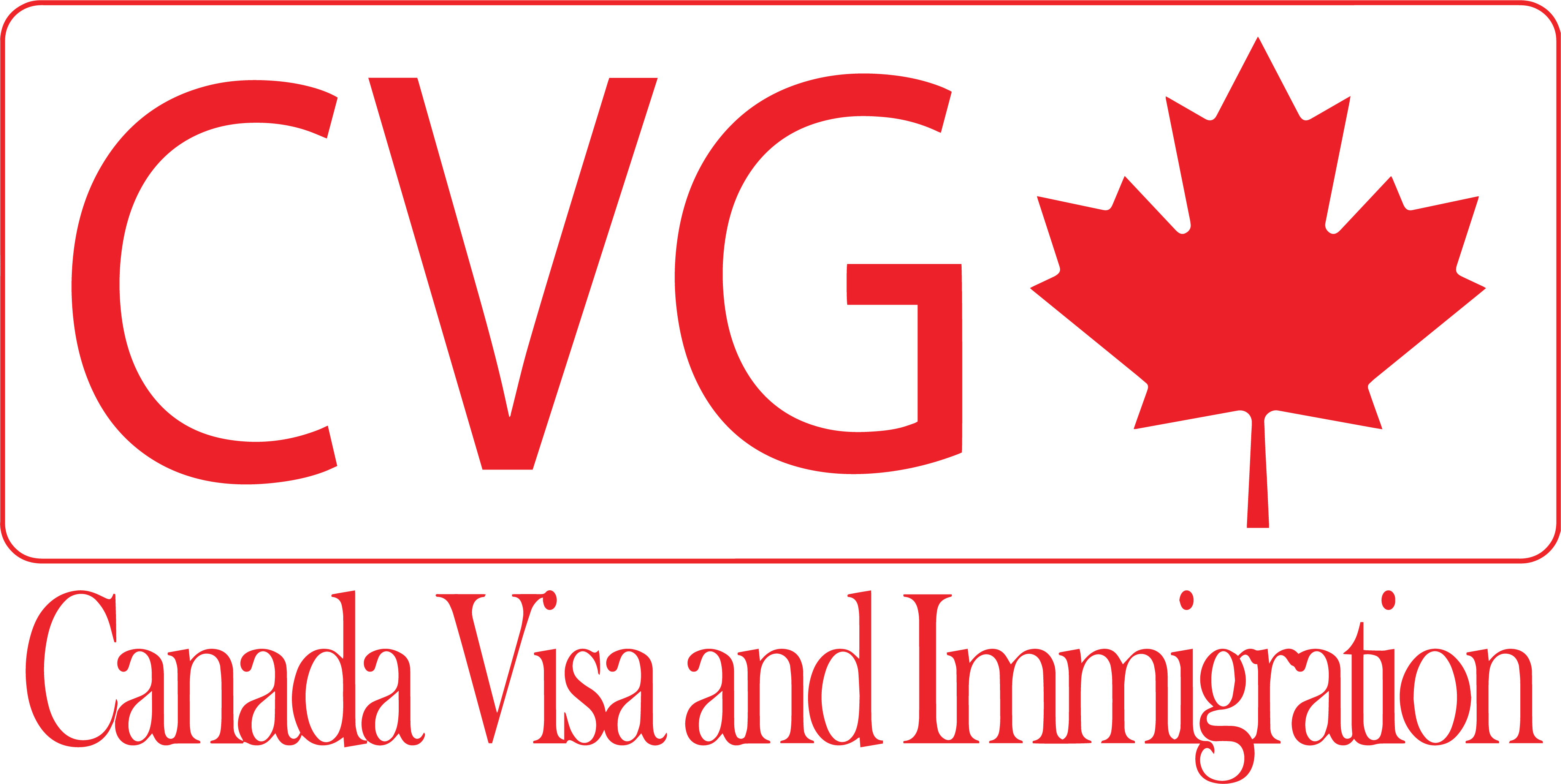Tourist Visa
Canada, with its thriving economy, rich cultural tapestry, and high quality of life, has become an increasingly attractive destination for individuals seeking new opportunities on the global stage. Securing a work visa for Canada is often the first step for those aspiring to contribute their skills and talents to the Canadian workforce. In this article, we will delve into the types of work visas available, the application process, and the benefits that come with working in the Great White North.
Understanding the Types of Work Visas:
Canada offers various work visa options tailored to different circumstances and durations. The most common categories include the Temporary Foreign Worker Program (TFWP), International Mobility Program (IMP), and the Provincial Nominee Program (PNP). Each program serves distinct purposes, catering to temporary workers, professionals with job offers, and those nominated by specific provinces.
Temporary Foreign Worker Program (TFWP):
The TFWP is designed for employers who are facing labor shortages and are unable to find suitable Canadian citizens or permanent residents to fill specific job positions. This program facilitates the hiring of foreign workers on a temporary basis to meet the country’s economic needs.
International Mobility Program (IMP):
The IMP complements the TFWP and is geared towards individuals not subject to Labour Market Impact Assessments (LMIAs). This includes workers covered under international agreements, such as the North American Free Trade Agreement (NAFTA), intra-company transferees, and participants in international exchange programs.
Provincial Nominee Program (PNP):
The PNP allows provinces and territories in Canada to nominate individuals for permanent residence based on their ability to contribute to the local economy. Many PNPs have streams dedicated to skilled workers, entrepreneurs, and those with job offers in specific provinces.
Application Process:
Applying for a Canadian work visa involves several steps. First and foremost, individuals must secure a valid job offer from a Canadian employer. Once this is obtained, the employer may need to obtain an LMIA or fulfill specific criteria under the IMP or PNP. Applicants must then submit their visa applications, which may require supporting documents such as proof of employment, educational qualifications, and language proficiency.
Benefits of Working in Canada:
- High-Quality Healthcare: Workers in Canada have access to a publicly funded healthcare system, ensuring comprehensive medical coverage.
- Quality of Life: Canada consistently ranks high in global quality of life indices, offering a safe and inclusive environment for individuals and their families.
- Cultural Diversity: Canada embraces diversity, creating an enriching atmosphere where individuals from various backgrounds can thrive.
- Career Opportunities: With a robust and diverse economy, Canada provides ample career growth opportunities across various industries.
Navigating the Canadian work visa process opens doors to a land of vast opportunities, where professional growth aligns with an exceptional quality of life. Whether you are an aspiring temporary worker, a skilled professional, or an entrepreneur, Canada’s work visa programs cater to a spectrum of ambitions, making the journey towards employment in the Great White North an exciting and rewarding experience.


